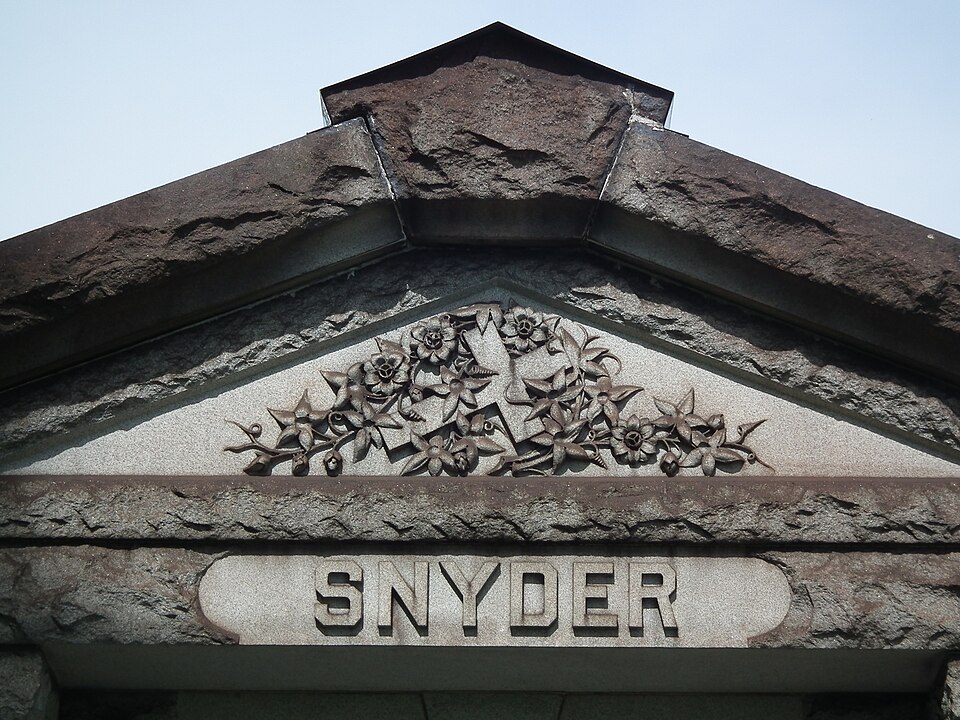
A rustic mausoleum that combines the form of a Greek temple with the rough-hewn rocky aesthetic of Stonehenge.






The stained-glass window in the rear is a standard item, but a tasteful and well-made one, with a crown and lilies, symbolic of victory and resurrection.

Comments






















